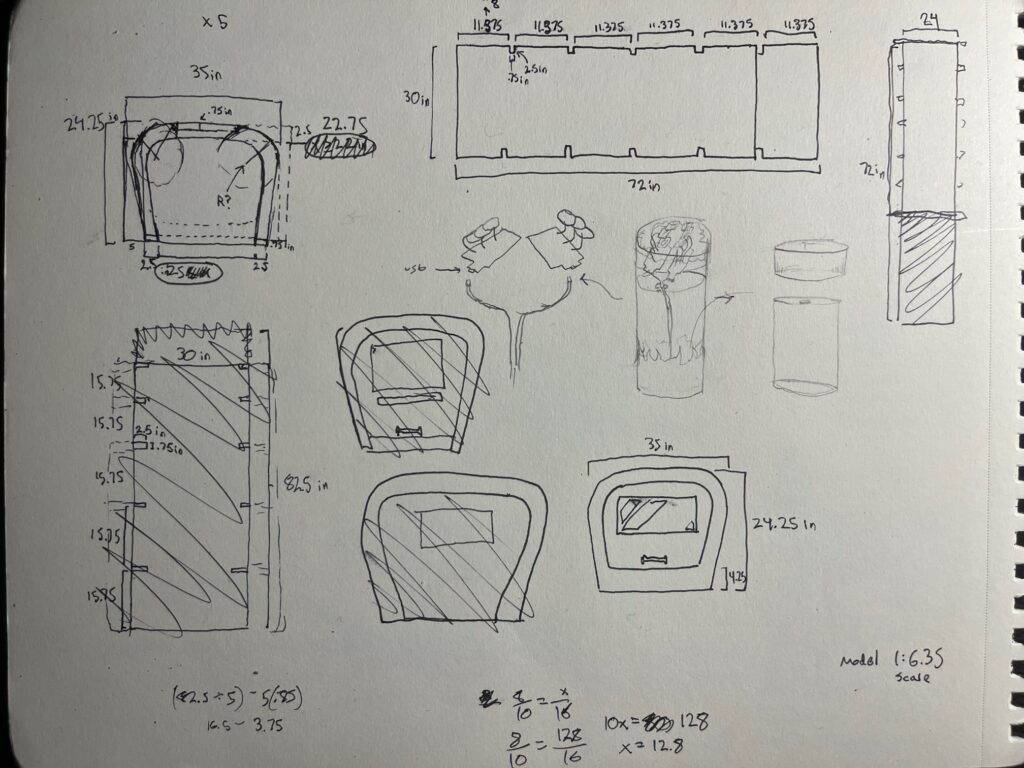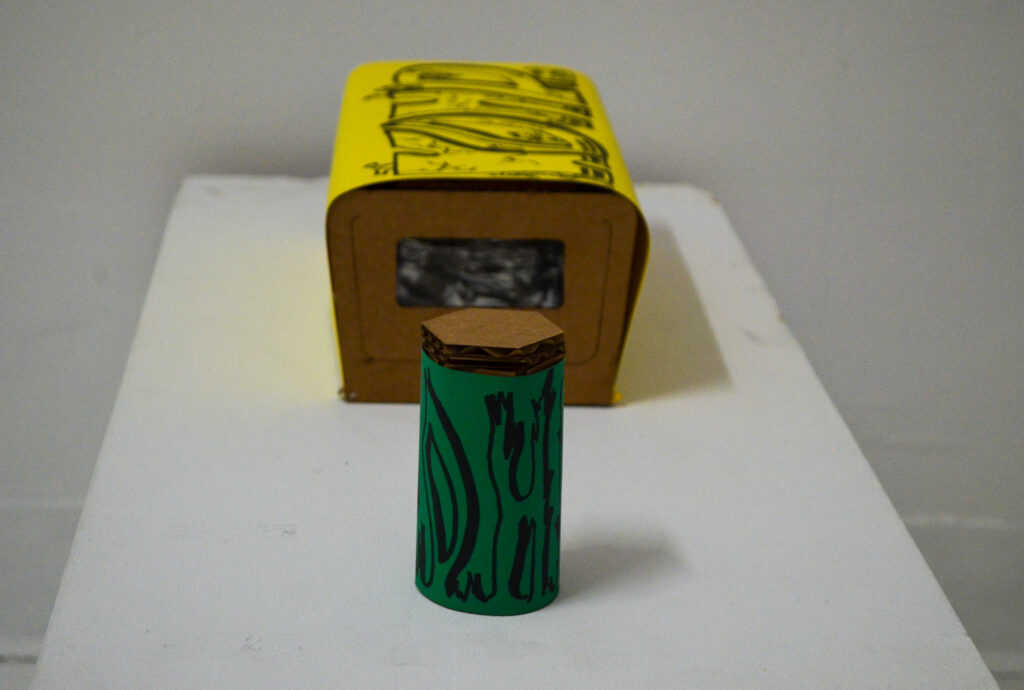Since its early developmental stage in winter 2023, HDHP had clearly articulated social justice causes, but it was only as I began researching in earnest that I realized how much my relationship with ‘design’ it’s defined.


If we are to categorize ‘Humane Design for Homeless Populations,’ it should be understood as a design justice project employing speculative, participatory techniques to product/urban/public space design.
This human approach to designing things, especially for the public realm is the principal thing I argue for through my work.



It’s manifest in my continuing research at Dufferin Grove Park, where I’m trying to engage homeless residents to codesign and provide feedback on an emergency sleeping pod and a wireless charging station.


The immediacy and relevance of the concept designs engage practical problems like warmth/shelter and access to mobile charging, while employing speculative, participatory techniques to encourage social and legal reform around how urban homelessness is treated by western society.


Although my work remains in its infancy, HDHP has already adopted principals of empathetic design in the structuring of the research.
1. establishing knowledge through extensive research on urban homelessness in and outside of the Toronto context, ensuring a base of understanding that will accurately represent the needs and desires of the user;
2. structuring research to engage the homeless community as collaborators in the design process, ensuring a more holistic result.


3. designing open-ended questions and encouraging discussion and social critique in the codesign exercise as well as interview portion of the process to facilitate the uninhibited generation of new ideas.
4. measuring project success based on the benefit to Dufferin’s homeless community
I was only recently able to begin outreach to Dufferin’s unhoused community, advertising with posters and respectfully approaching park residents in the first weeks of April.


I attempted my first two codesign and interview sessions on the 9th and 16th of April to no avail (no one showed up). But failures are learning experiences and inform a more successful future.

